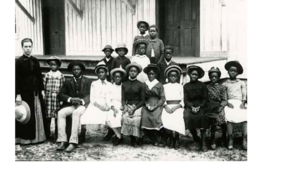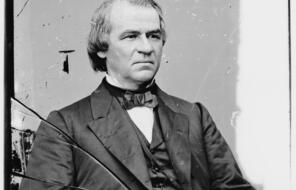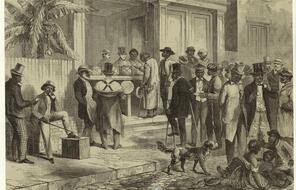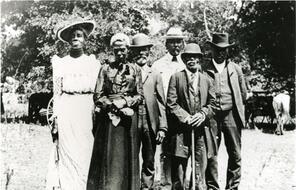Reading
The Reconstruction Acts of 1867
This reading examines measures of the Reconstruction Acts of 1867, which enacted the plan that became known as Radical Reconstruction.
Subject
- History
Language
English — USUpdated
In 1866, many Americans felt that the Union had not been adequately reconstructed, that the way freedom had been defined for black Americans was not adequate, and that Presidential Reconstruction had led to neither healing nor justice. As a result, a majority Republican Congress was elected and pushed for the passage of the Reconstruction Acts of 1867, which enacted the plan that became known as Radical Reconstruction. Here, measures of those laws are laid out.
- The South was divided into five military districts and governed by military governors until acceptable state constitutions could be written and approved by Congress.
- All males, regardless of race, but excluding former Confederate leaders, were permitted to participate in the constitutional conventions that formed the new governments in each state.
- New state constitutions were required to provide for universal manhood suffrage (voting rights for all men) without regard to race.
- States were required to ratify the Fourteenth Amendment in order to be readmitted to the Union.
How to Cite This Reading
Facing History & Ourselves, “The Reconstruction Acts of 1867”, last updated March 14, 2016.
Most teachers are willing to tackle the difficult topics, but we need the tools.
—
Gabriela Calderon-Espinal, Bay Shore, NY













